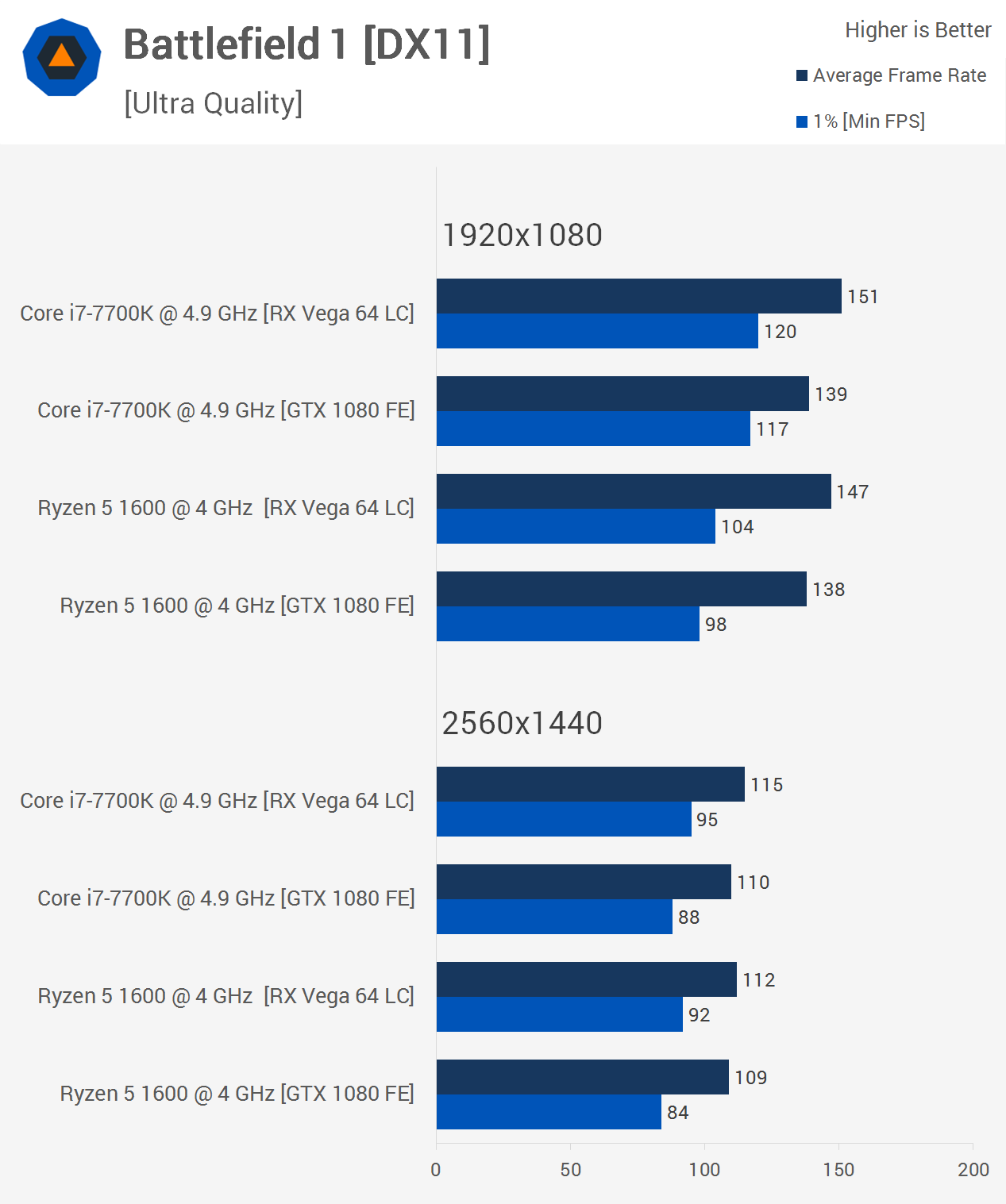With the arrival of Ryzen early this year the discussion of desktop computing performance got interesting again. Ryzen 7 delivered next-level productivity performance at prices previously unheard of for 8-core/16-thread CPUs. With PC gaming being a key part of the performance equation for many enthusiasts, it was still open for debate how good gaming on AMD's new chips was as first reviews gave us a less than impressive outlook in spite of all that processing power.
By the time Ryzen 5 came around a month later, AMD took a number of important steps to improve performance and compatibility of the Ryzen platform. Gaming saw noteworthy gains but Ryzen kept trailing the Core i7-7700K in the vast majority of modern titles.
At this point, countless theories have been presented to explain Ryzen's weakness on gaming performance, and most of them have proven to be incorrect. However, early on many noticed that Ryzen's DirectX 12 performance was not good, which added to the confusion as we expected the core-heavy AMD CPUs to have an advantage using the more modern API.
After further investigation, the guys at AdoredTV discovered that Ryzen's poor performance in some DirectX 12 titles, namely Rise of the Tomb Raider, was actually down to the GeForce graphics card. This discovery set online discussion alight with claims that Nvidia was gimping Ryzen's gaming performance and with no high-end AMD GPUs on the market this was harder to verify.
But this alone couldn't explain away Ryzen's often lackluster gaming performance, as the issue was only seen in select DX12 titles and wasn't a problem for older DX11 games. DX11 simply favors higher clock speeds and Intel still has a significant advantage here. Couple higher clocks frequencies with superior IPC performance and that makes it difficult for Ryzen to put in a strong showing with these older titles.
Still, Ryzen should look very capable in games taking advantage of DirectX 12 and yet with a GeForce graphics card handling the rendering work this wasn't the case in Rise of the Tomb Raider, Total War Warhammer, Deus Ex: Mankind Divided, The Division, and Hitman, to cite some examples. The good news is that with the release of Vega 64, we how have a high-end GPU from AMD and one that we can compare to the GeForce GTX 1080.
Like Ryzen, Vega has had a bumpy launch on the gaming performance front and some have even blamed that on Intel's CPUs, which are often used for testing high-end GPUs. So I thought, why not kill two sets of benchmarks with one go?
Ryzen 5 System Specs
|
Kaby Lake System Specs
|
By using the Core i7-7700K and Ryzen 5 1600, each with the Vega 64 and GTX 1080 at 1080p and 1440p we have some very interesting results to go over. Further, we suspect these are typical hardware combinations many are considering for building a new high-end rig when gaming is a big factor.
For testing we have overclocked both CPUs: the 7700K was pushed to 4.9GHz while the Ryzen 5 1600 sat at 4GHz, both fairly typical overclocks for these CPUs...

Starting things off, let's check out the Battlefield 1 results. I'm still testing this title using DX11 as it generally provides the best results. That said, I do have to investigate DX12 performance again here and I will do that soon. For now we have the DX11 figures.
Here the Ryzen 5 1600 is extremely competitive, even at 1080p, though it has to be said the 1% low results are noticeably lower. Still, the margins between the GTX 1080 and Vega 64 graphics cards to remain much the same with either CPU.

PlayerUnkonwn's Battlegrounds isn't a game we tested with previously as it wasn't released back when I conducted my initial Ryzen vs. Core i7 tests. Given how hugely popular the game is right now, I thought we might as well take a look anyway. Looking at the 1080p results first, we see that Vega 64 delivers the exact same performance using either the R5 1600 or 7700K.
The GTX 1080 on the other hand sees slightly lower 1% results with the R5 1600 than Vega 65 did, though the average is slightly increased. However, the GTX 1080 was miles faster with the 7700K, which is likely down to the fact that we have more headroom here with the faster CPU. This certainly seems to be the case as we move to 1440p as here the GTX 1080 delivers the exact same performance using either CPU.
We also noticed something of interest at 1440p: the Vega 64 is slightly faster using the R5 1600 versus the 7700K. Spoiler... this won't be the last time you'll see results like this.
Remember that all the results in this article are based on an average of three runs. However, these results were reconfirmed days later and I found the exact same margins. Also as I said, other games exhibited this same strange behavior at 1440p as well.

In fact, another game where we can see this is DiRT 4. Here Vega 64 was consistently faster with the R5 1600 processor at 1440p. The margins weren't huge but here Vega delivered 7% more frames on average with the Ryzen CPU. Oddly however it was a different story at 1080p and here the 7700K provided 5% more frames with Vega.
In an interesting twist Ryzen was consistently faster than the Core i7 at both resolutions when comparing the 1% low results with the GTX 1080. So DiRT 4 provided quite a few interesting results for us.


